The profound influence of Judo in the American military
- By Travis Pike
Share This Article
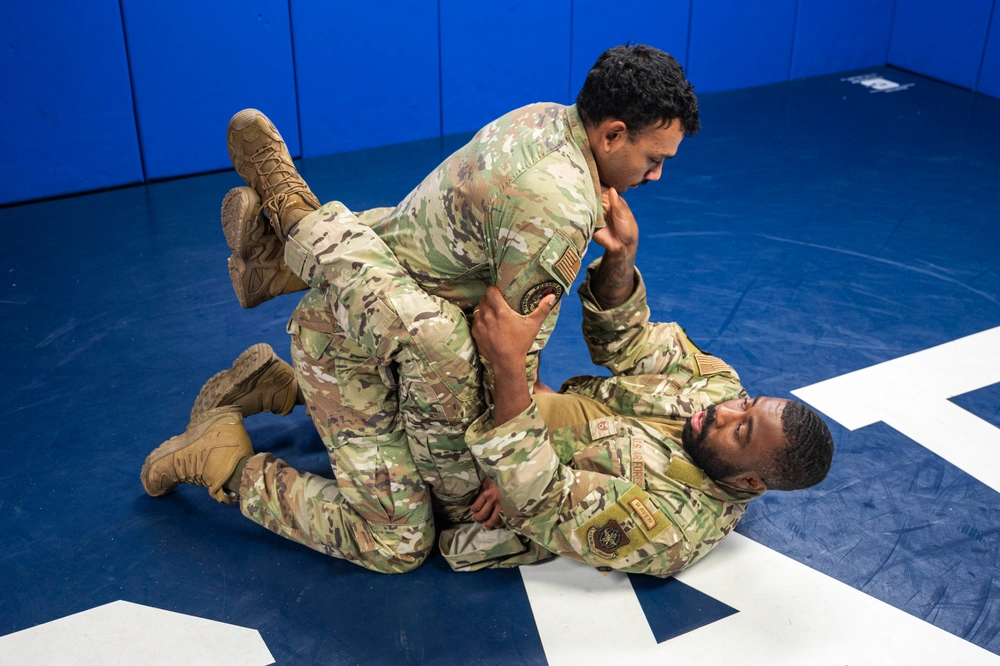
I’ve recently taken a keen interest in the use of martial arts within the United States military. While I’ve always been drawn to the history of modern tactics and their origins, only lately have I considered the role of martial arts. As I delved into the subject, I was constantly struck by the recurring adoption of Judo across various martial arts programs.
The sheer number of mentions compelled me to explore the history of Judo in the United States military as a whole. The more I read, the more fascinating the subject became. Judo has been heavily integrated into American military training, and the vast majority of us are likely unaware of its profound influence. A significant portion of modern combatives training revolves around Judo, or evolutions of Judo like Brazilian Jiu-Jitsu.
What is Judo?
Judo is an unarmed martial art that focuses on throws, grappling, and control techniques. Its creation dates back to the late 1800s by a Japanese man named Kanō Jigorō. Kanō Jigorō was a fascinating individual, deeply involved in Japanese politics, and seemingly a brilliant man both within and outside the realm of martial arts.
Judo descended from Japanese Jujutsu that was designed as an unarmed combat art for Samurai. Judo represents a more modern method, with its name standing for “the gentle way;” this refers to a Judoka’s – a practitioner of the art – use of an opponent’s strength and momentum against them.
The art is designed to take an opponent to the ground via slams, then follow through with pins and submission moves.
Judo would grow and evolve, eventually becoming an Olympic sport and one of the most popular martial arts in the world.
The history of Judo in the US military
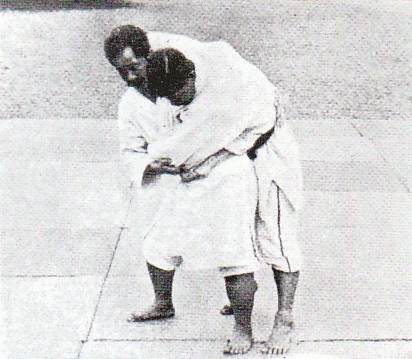
Judo was introduced to the American military thanks to Theodore Roosevelt and a student of Jigorō named Yamashita Yoshitsugu who came to America to teach Judo to a railroad executive’s son. During his visit, he met with a Japanese naval attaché who arranged for him to visit the White House. There, he met Theodore Roosevelt.
Roosevelt was a combat sports enthusiast who practiced wrestling, boxing, and Jujutsu. He was impressed by Yamashita Yoshitsugu and Judo as a whole. Roosevelt advocated for Yoshitsugu to teach Judo to the American military, leading to his being hired by the Naval Academy to teach Judo classes.
While his tenure at the Naval Academy was short, this appears to be the first formal introduction of Judo to American military forces.
Related: This is why martial arts are still important to the military
The Great War
The Army conducted some organized Judo training prior to America’s entry into World War I. A man named Captain Allan Corstorphin Smith, who held a black belt in Judo from Japan, was the head instructor at the hand-to-hand combat school at the Army’s Infantry School.
He taught troops in small numbers, but there weren’t enough instructors or sufficient time to allow for widespread hand-to-hand combat training for a massive army before deploying to the Great War. As such, Judo lessons ended fairly quickly.
World War II
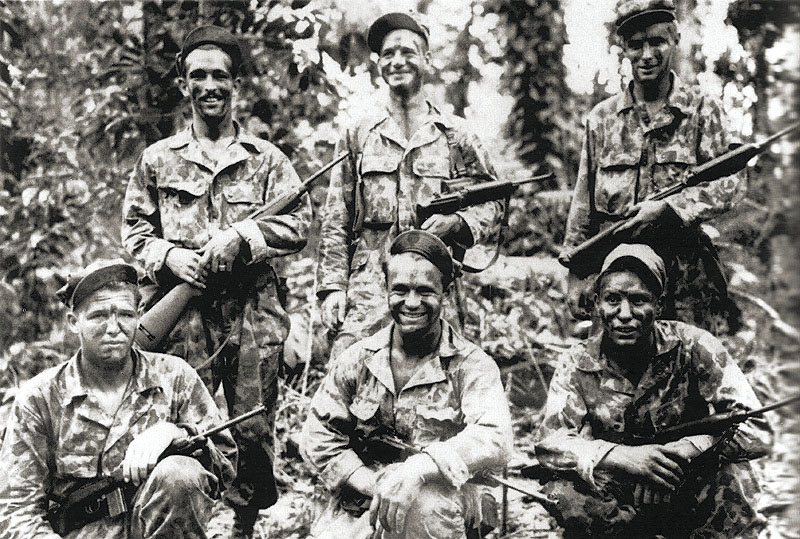
During WWII, the Alamo Scouts, an elite deep reconnaissance unit in the Pacific Theater, received Judo training. Two members of the unit were listed as Judo instructors who had learned Judo from pre-war trips to Japan.
Additionally, Captain Smith’s Combat Judo, a blend of boxing and Judo, saw a small-scale resurgence in WWII. Furthermore, the Defendu training taught by Sykes and Fairbairn to British forces, and some limited American forces, incorporated Judo with various other martial arts.
At the end of World War II, Allied forces banned Judo in Japan (which represented a massive cultural shift for the martial art in its home country).
Post-World War II
After World War II, there was a distinct lack of extensive hand-to-hand training in the U.S. military. Although manuals that incorporated Judo moves were written, the military lacked qualified instructors. Troops stationed in Japan also learned Judo, though this was not official training by the military.
In 1950, the newly formed Air Force implemented a Judo program and sent 13 Airmen to Japan to learn the art. This program would eventually graduate 160 black belt Judo instructors and train countless airmen in Judo techniques.
The modern era
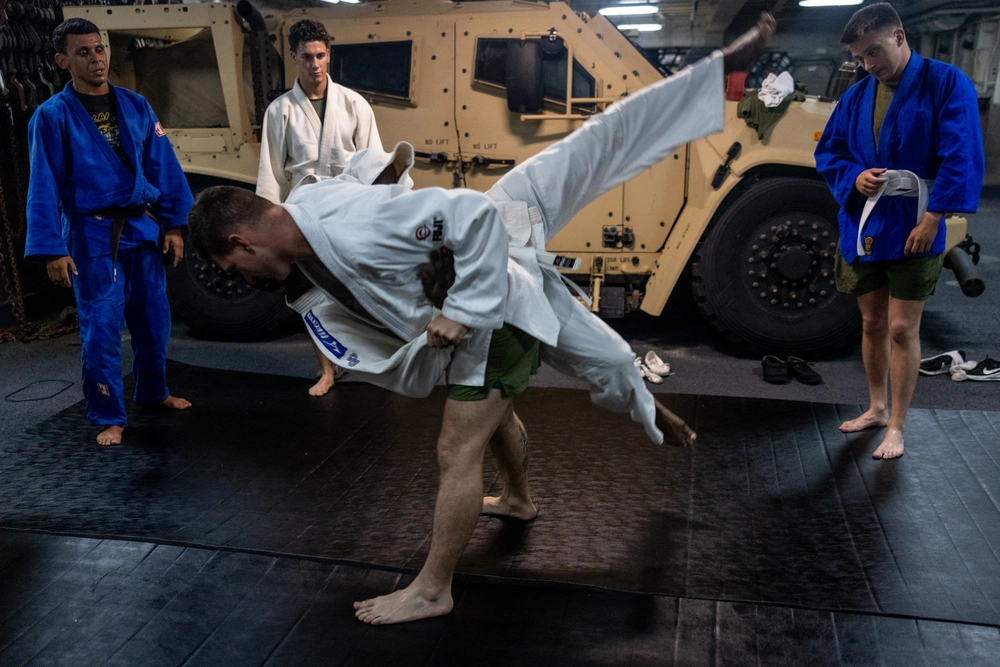
Today, martial arts in the military are largely defined by the U.S. Army Combatives program, the Marine Corps MCMAP, and the Air Force Combatives program. All three are mixed martial arts systems with influences from every corner of the martial arts world, and all integrate methods from Judo and Judo-derived disciplines.
Beyond its training for combat, the U.S. military has several dedicated Judo teams. The Armed Forces Judo team is a major competitor in international competition. Additionally, West Point has a Judo club and team, and the Army WCAP (World Class Athlete Program) allows soldiers to compete in Judo.
Judo’s influence in the American military is often hidden in pockets of history that are long forgotten. While it may conceal itself well, Judo has been a core part of American military martial arts.
Feature Image: U.S. Air Force Staff Sgt. Nathan Clotter, 627th Security Forces Squadron Phoenix Raven team lead, floor-side, Airman 1st Class Raymond Egipeiaco, 627th SFS Phoenix Raven team member, demonstrate combative ground training at Joint Base Lewis-McChord, Washington, May 13, 2025. Phoenix Raven training includes intensive physical training sessions, baton striking training, red-man fights (baton training against instructors or other students wearing protective equipment), verbal judo, ground combatives, field training exercises and more. (U.S. Air Force photo by Senior Airman Benjamin Riddle)
Read more from Sandboxx News
- Undergoing Delta Force assessment at Camp Dawson, West Virginia
- Air Force wants to replace the world’s strongest bunker buster… with an even stronger one
- War footage shows how North Korea’s rocket system designs are vulnerable to drone attacks
- One tank to rule them all: Europe announces 11-country collaboration to build next-gen tank
- Iconic AIM-120 AMRAAM missile is getting a high-tech new upgrade
Related Posts
Sandboxx News Merch
-

‘AirPower’ Classic Hoodie
$46.00 – $48.00Price range: $46.00 through $48.00 Select options This product has multiple variants. The options may be chosen on the product page -

‘Sandboxx News’ Trucker Cap
$27.00 Select options This product has multiple variants. The options may be chosen on the product page -
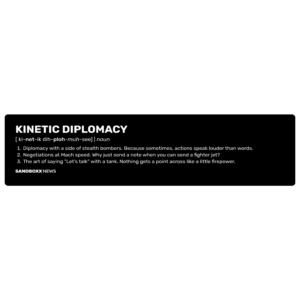
‘Kinetic Diplomacy’ Bumper Sticker (Black)
$8.00 Add to cart

Travis Pike
Travis Pike is a former Marine Machine gunner who served with 2nd Bn 2nd Marines for 5 years. He deployed in 2009 to Afghanistan and again in 2011 with the 22nd MEU(SOC) during a record-setting 11 months at sea. He’s trained with the Romanian Army, the Spanish Marines, the Emirate Marines, and the Afghan National Army. He serves as an NRA certified pistol instructor and teaches concealed carry classes.
Related to: Military History, Pop Culture
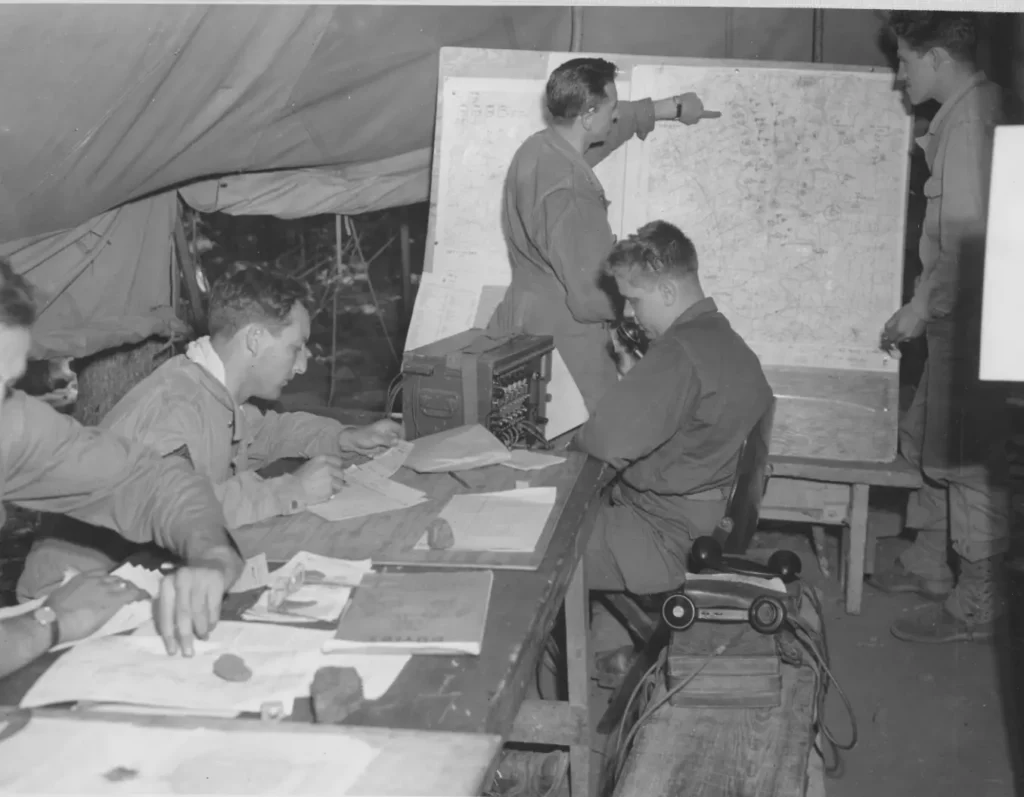
The unsung heroes of World War II: The Ritchie Boys
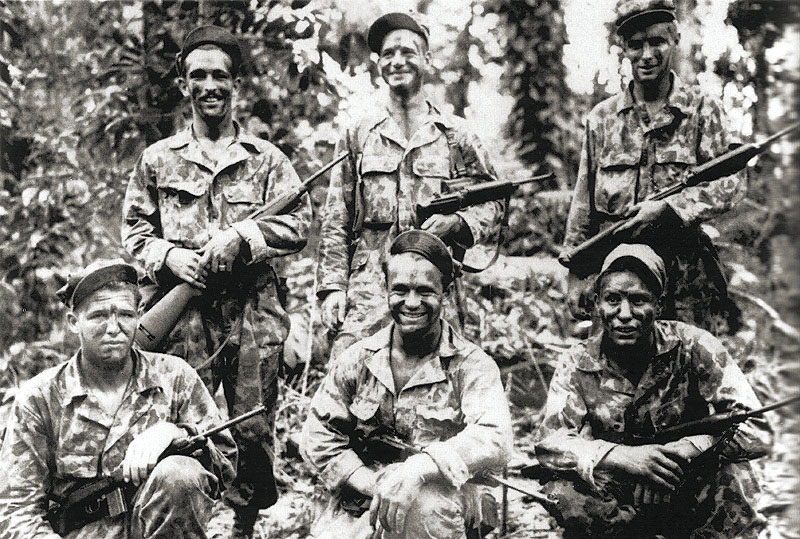
The Alamo Scouts were a forgotten precursor of the Green Berets

Man down: A Delta Force tale of loss

Is the Army’s new M7 rifle a step back over its predecessor?
Sandboxx News
-

‘Sandboxx News’ Trucker Cap
$27.00 Select options This product has multiple variants. The options may be chosen on the product page -

‘AirPower’ Classic Hoodie
$46.00 – $48.00Price range: $46.00 through $48.00 Select options This product has multiple variants. The options may be chosen on the product page -

‘AirPower’ Golf Rope Hat
$31.00 Select options This product has multiple variants. The options may be chosen on the product page -

‘Sandboxx News’ Dad Hat
$27.00 Select options This product has multiple variants. The options may be chosen on the product page
